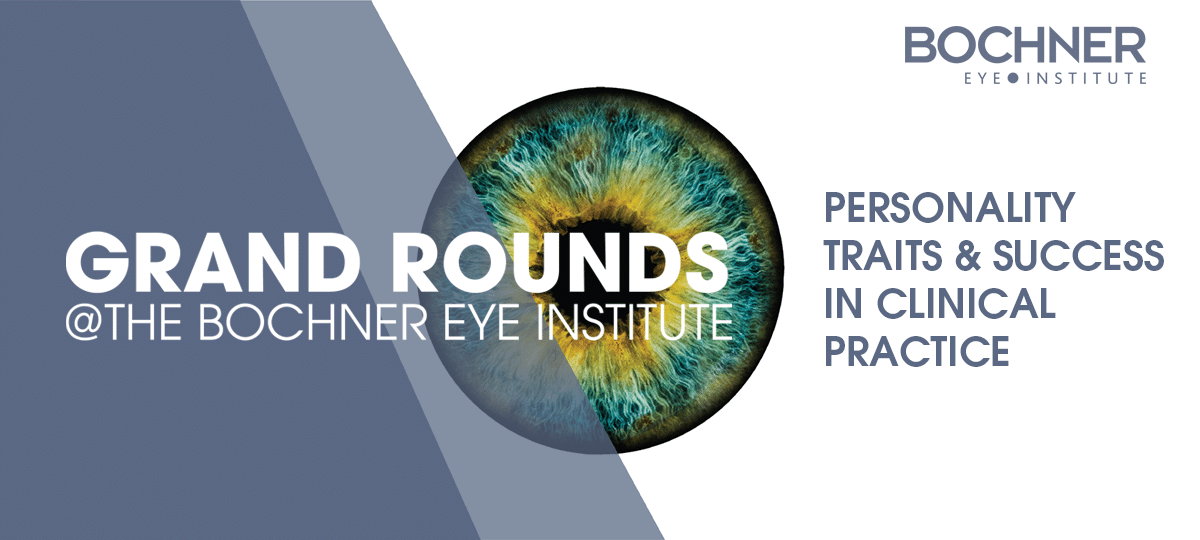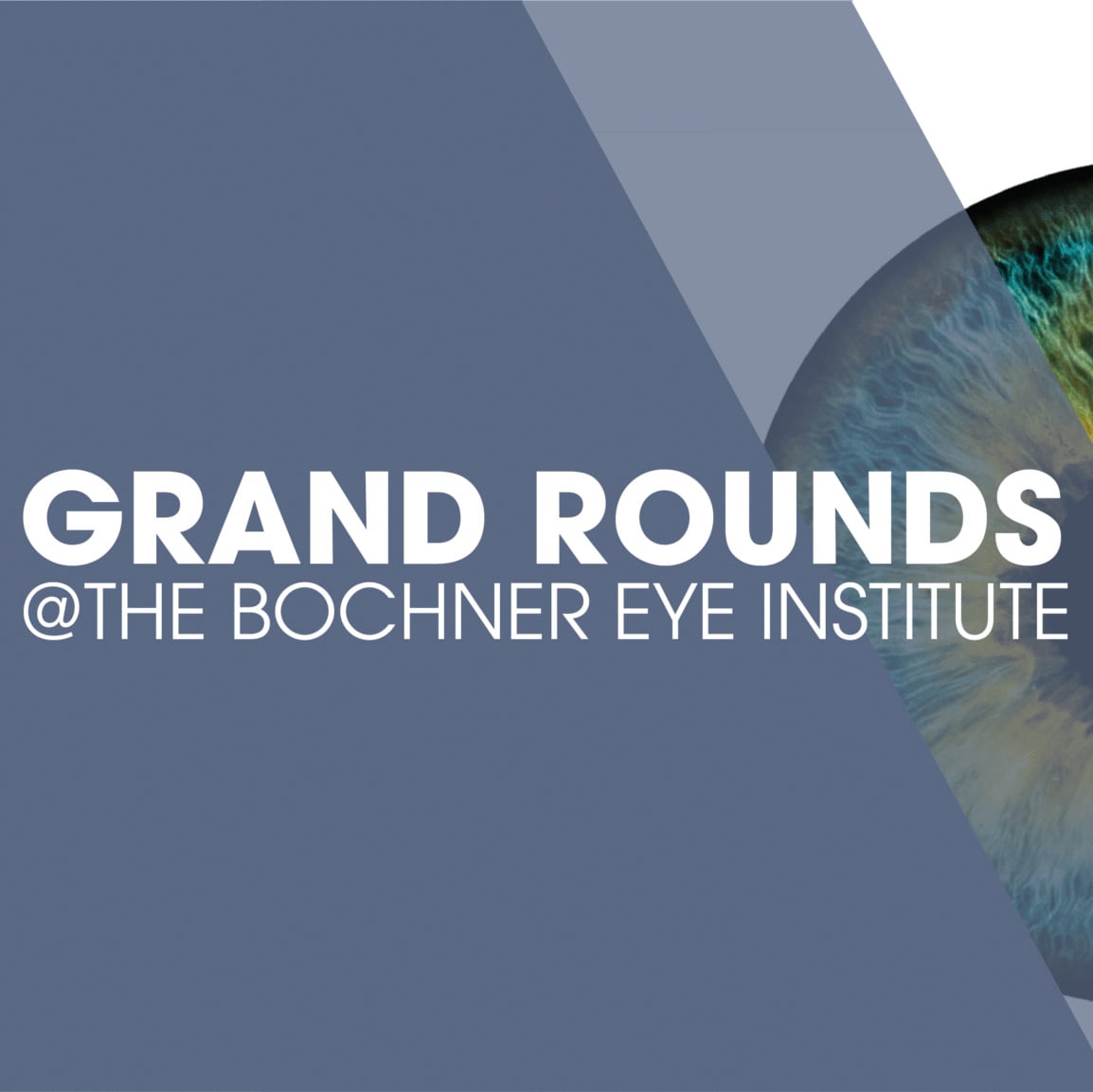

CASE COMPARISON:
Ophthalmologist A graduated near the top of his medical class and excelled in ophthalmology training, achieving the highest examination scores and demonstrating exceptional surgical skills. However, he struggled with interpersonal interactions, often finding it difficult to connect with co-residents and staff. Ten years into clinical practice, he faced ongoing challenges in obtaining referrals for both medical and surgical cases and experienced frequent staff turnover. He often kept patients waiting for long periods without acknowledgment or apology and had a history of treating both patients and staff with a lack of respect.
Ophthalmologist B also performed well in medical school and was a highly competent ophthalmology resident, both in terms of knowledge and surgical skills. He was well liked by his colleagues and staff during training. A decade into practice, he had built a thriving clinical and surgical practice, receiving abundant referrals and maintaining a dedicated staff who had been with him since he opened his office. He consistently supported and spoke positively about his peers and referring doctors.

KEY TAKEAWAYS – TRAITS OF A SUCCESSFUL CLINICIAN:
A good combination of clinical expertise, interpersonal skills, and professional integrity defines a thriving eye-care professional.
Interpersonal and Communication Skills:
- Patients Value Compassion Over Credentials. Clinical knowledge is essential, but patients care most about how they are treated.
- Listening Is Key. Understanding patients’ concerns, lifestyles, and unique needs fosters trust and better outcomes.
- Clear Communication – Explain ocular conditions and treatments in understandable terms.
- Respect And Kindness Are Essential. A successful clinician remembers that their career exists because of their patients.
- Ability to Work Under Pressure – Maintain composure while making sound decisions in high-stress situations.
- Treat Staff With Professionalism And Appreciation. A well-supported team contributes to a smooth and efficient practice.
- Collaboration And Teamwork – Foster positive relationships with specialists, and referring doctors.

Clinical Competence:
- Strong Diagnostic Skills – Accurately assess symptoms, interpret tests, and diagnose conditions.
- Problem-Solving Ability – Adapt to complex cases with critical thinking.
- Technical Proficiency – Master surgical and medical techniques relevant to the specialty.
- Commitment To Continuous Learning – Stay current with eye-care advancements, guidelines, and innovations.
Professionalism And Ethical Conduct:
- Order Tests And Perform Procedures In The Patient’s Best Interest. Decisions should prioritize patient care rather than personal or financial gain.
- Integrity And Honesty – Uphold ethical standards, confidentiality, and patient trust.
- Strong Work Ethic – Commit to providing high-quality care with dedication.
- Patience And Resilience – Handle difficult cases, challenging patients, and long treatment processes with perseverance.
Organization And Leadership Skills:
- Time Management – Balance appointments, documentation, and patient care efficiently.
- Leadership And Decision-Making – Guide a team and make informed clinical decisions.
SUMMARY
A successful doctor is not just clinically competent but also compassionate, respectful, and a strong leader. Excellence as an eye-care professional goes beyond knowledge – it is defined by how one treats patients, staff, and colleagues.


